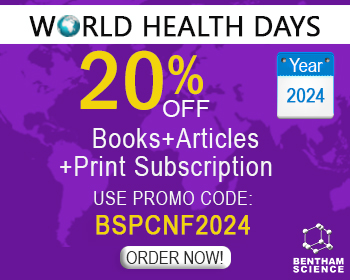Abstract
Components of 7TMR signaling machinery once considered as rigid, fixed and inflexible entities, operating in a onedimensional way, homogeneous spatially and temporally, are now proved to be structurally plastic, flexible and dynamic in space and time. 7TMRs are thought to exist as ensembles of multiple, inter-convertible, pre-existing conformations and this conformational diversity provides a structural plasticity and the molecular mechanism for the functional diversity of 7TMRs. Furthermore, 7TMRs appear to function not as monomers, but rather as higher order structures, within which allosteric mechanisms affect ligand binding, G protein selection and receptor mobility and signalling of GPCR protomers. Moreover, their function is regulated through compartmentalization of G protein receptor and effector molecules into specialized membrane microdomains, such as lipid rafts and caveolae. Different permutations of receptor localization and translocation in membrane microdomains and internalization patterns, employed by 7TMRs regulate their signalling. Finally, the previous clear distinction between cell signalling and endocytic membrane trafficking has been blurred by evidence that these processes are intertwined and bidirectionally linked. 7TMRs normally signaling from the plasma membrane can elicit signaling cascades from an intracellular location, with distinct biochemical outputs. All these developments have moved the search for selective drugs beyond the mere design of receptor subtype-selective ligands targeting their orthosteric site. Even the notion of ligand has been expanded, so as to include “superagonists” ”, acting as “super” 7TMR agonists to confer sustained endosomal signaling and biased agonists targeting GPCRs signalling from intracellular sites, as well as pharmacochaperones restoring insufficiently folded or misfolded receptors. The plasticity of the 7TMR signaling machinery and its dynamics in space and time will most probably impact further on the search for 7TMR drug selectivity.
Keywords: Receptor plasticity, 7TMR signaling, drug selectivity, pharmacochaperones, 7TMR oligomerization, GPCR compartmentalization, fingolimod, ligand binding, cell signalling

























